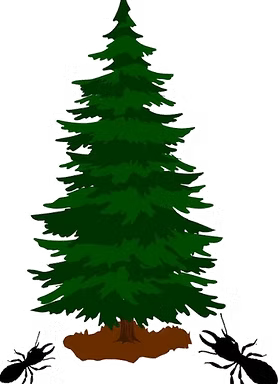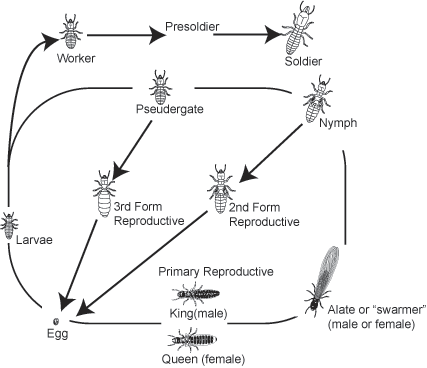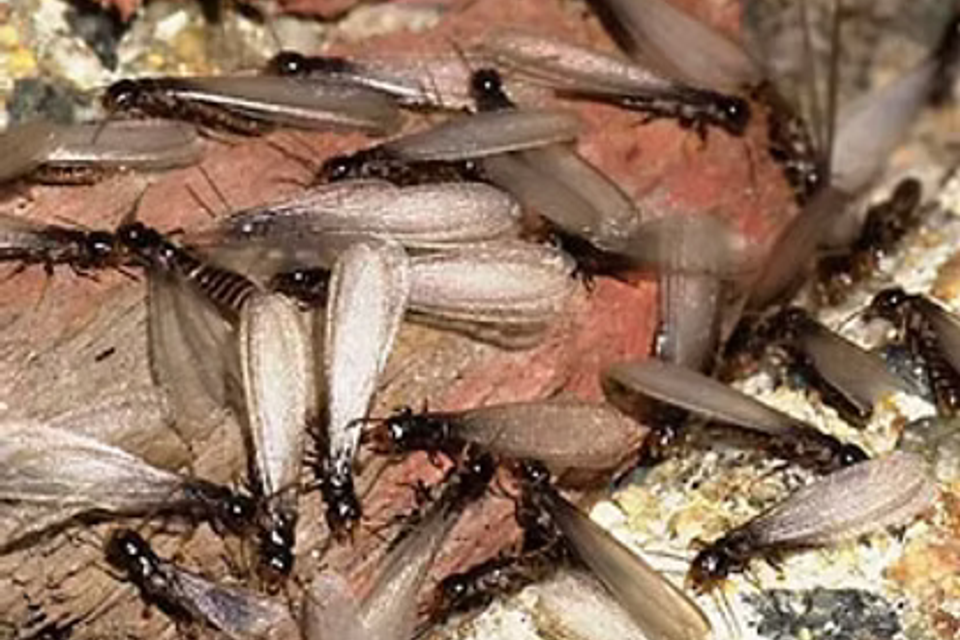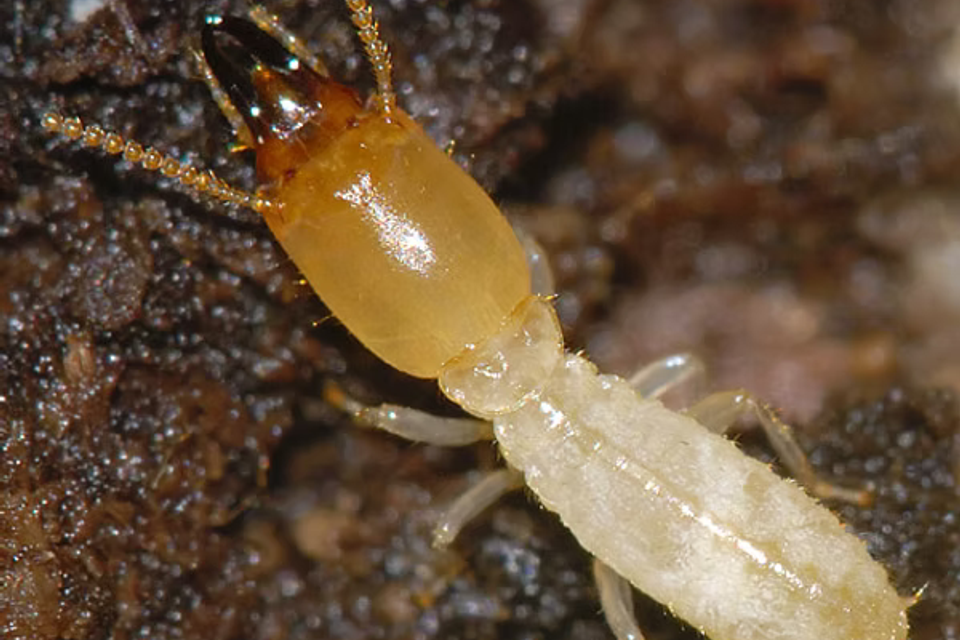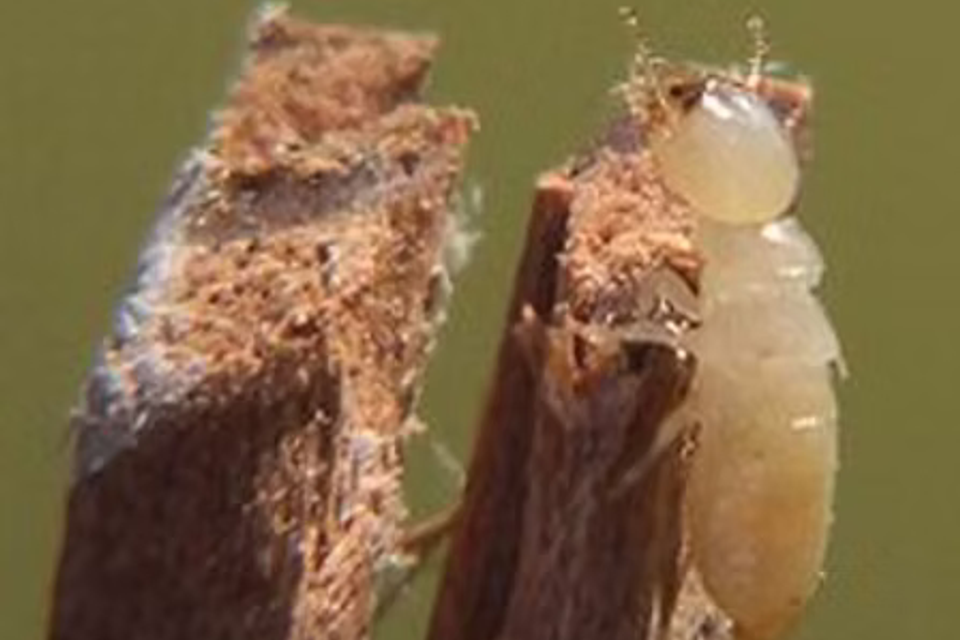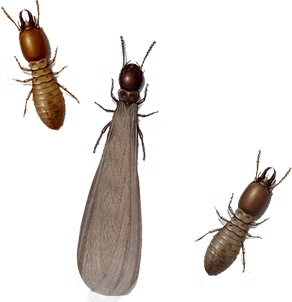
Termites
Question:
How would you enjoy eating the same food every day? The termite has been eating the same diet of cellulose from wood and other cellulose debris since creation. Of course, while consuming cellulose termites provide a necessary service in the decomposition of fallen trees, etc. But the most pertinent question is, how do we exterminate termites from our homes and businesses along with any wooden structure and prevent termites from re-infesting?
Answer:
The answer to the question is a termite control specialist. A person who specializes in termite biology and behavior, the proper and safe use of chemicals, the use and maintenance of equipment, and above all safety. Also, a specialist must have knowledge of building construction that is gained through experience.
Termite Biology & Behavior:
Termite colonies contain castes, a distinct type of individual that differs in form and function. Colonies contain eggs and immature termites that may develop into workers, soldiers or reproductive with an equal number becoming male or female.
How would you enjoy eating the same food every day? The termite has been eating the same diet of cellulose from wood and other cellulose debris since creation. Of course, while consuming cellulose termites provide a necessary service in the decomposition of fallen trees, etc. But the most pertinent question is, how do we exterminate termites from our homes and businesses along with any wooden structure and prevent termites from re-infesting?
Answer:
The answer to the question is a termite control specialist. A person who specializes in termite biology and behavior, the proper and safe use of chemicals, the use and maintenance of equipment, and above all safety. Also, a specialist must have knowledge of building construction that is gained through experience.
Termite Biology & Behavior:
Termite colonies contain castes, a distinct type of individual that differs in form and function. Colonies contain eggs and immature termites that may develop into workers, soldiers or reproductive with an equal number becoming male or female.
